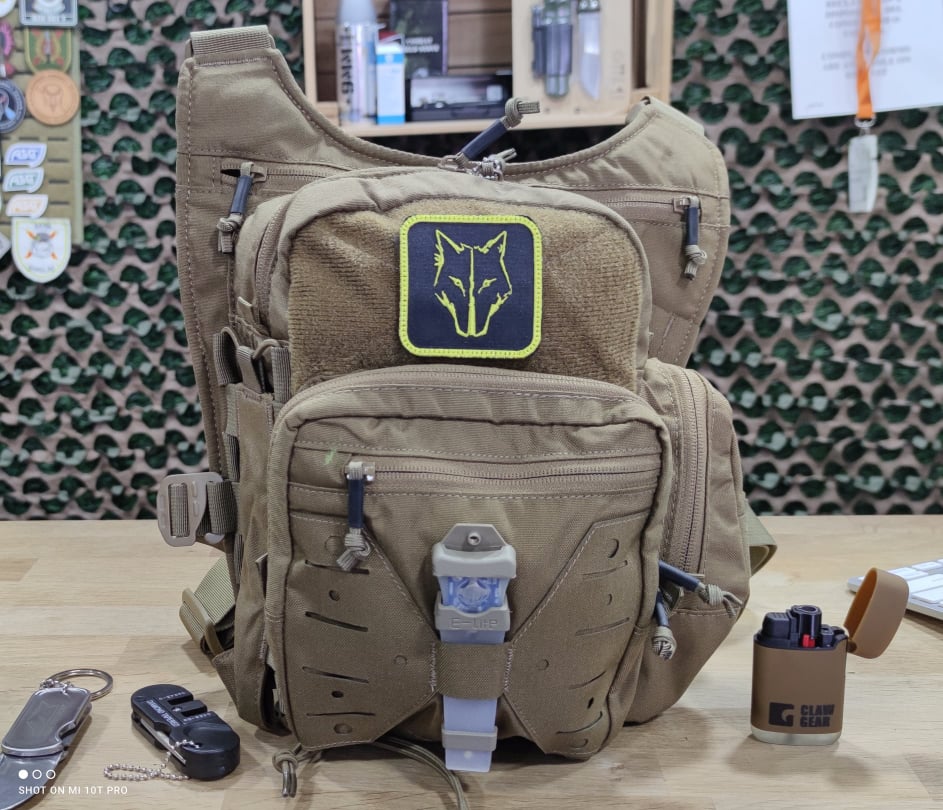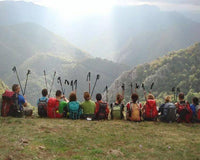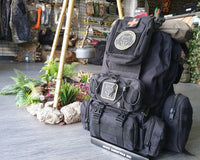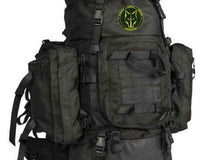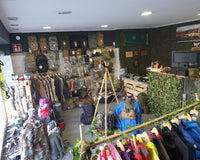When we talk about an “EDC” we refer to those objects that you should carry in your day to day, whether on you, in your car or work backpack, the term is an abbreviation of “ Everyday carry” which in Spanish would be something like (things that you carry daily)

EDCs should be composed of items designed to be useful in our daily lives, taking into account our work environment or daily routines. The items and tools of a person who commutes to work in rural areas or works in the countryside are not the same as those of a person who works in an office in a large city. The items we carry should be useful within our work environment, but also serve the dual purpose of being able to be used in emergencies.
How do I know what EDC I should carry every day? Just as we no longer leave home without our keys, cell phone, wallet, etc., there are other tools and items to consider that would improve our emergency preparedness or make our daily tasks easier.
The most common EDC equipment is:
- A small first aid kit with the basics for treating minor wounds,
- A small flashlight will always be useful, whether it's for lighting paths, finding objects in poorly lit areas, making small repairs, calling for help, or during power outages.
- A small lighter ( preferably a blowtorch) is one of the three basic survival tools. We can also carry a ferrocerium, or fire kit.
- A small cutting tool like a pocketknife ( remember, use it responsibly and according to the law ) will always come in handy when using any cutting tool, sharpening wooden tools or making utensils.
- Multi-purpose tools are essential in this type of equipment. We'll always have wire cutters, screwdrivers, a knife, a can opener, an awl, pliers, etc. on hand.
- Pen and waterproof notebook , very useful when taking information, jotting something down quickly or leaving notes.
- A mobile phone replaces hundreds of common tools with the added limitation of needing to be charged. Calculators, flashlights, cameras, instant messaging, compasses, GPS, maps—it's practically the most widely used EDC in the world. But remember to carry a charging system, like a power bank.
- A cloth handkerchief will be useful for first aid immobilizations, signals, water filters, etc.
- Money intended for an emergency
- Encrypted USB with digital copies of legal documents or those you determine necessary
- Night signaling system, such as daytime/IR strobe beacon
- Those tools that we consider necessary based on our experience.
All of this equipment would fit easily into a small pouch, shoulder bag, or fanny pack.
Once we have decided what EDC we are going to carry with us, we must make it a habit, and even more important, know how to get the most out of the tools or materials that we carry in our EDC.
It is important that you take into account the following factors when preparing your urban EDC Kit:
Where we live or move:
Your urban EDC should be prepared according to the needs of where you live or work. A rural environment surrounded by forests and mountains is not the same as a large city with troubled neighborhoods.
For example, in a rural environment, it would be good to include a small survival kit and compass.
If due to your type of work or residence you use electronic means such as mobile phones, a power bank or solar charger is essential.
How long would you have to use it in case of emergency?
Preparing an EDC for a day's work isn't the same as preparing it for a four-day trip, or if I have to use it in a remote rural area where help can take two days to arrive, or in an urban area where I can get to safety quickly.
This article is intended only as a brief guide, taking into account generalities. The best EDC is the one we can create ourselves with our own experience.
The best EDC is the one we have in our heads, with the knowledge we've acquired and the skills we've learned, as we say in our courses at Northvivor.
Common sense in case of emergencies is our best tool

